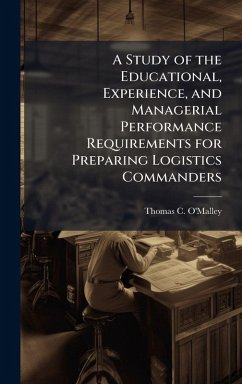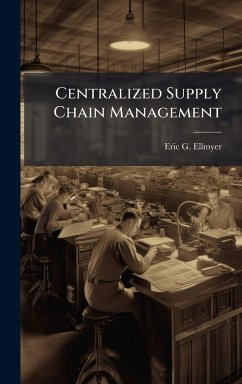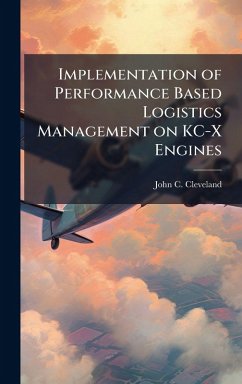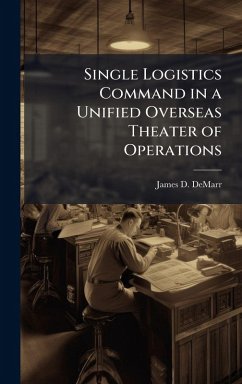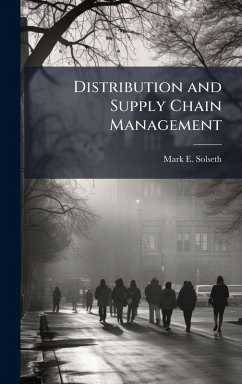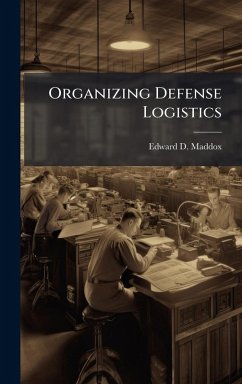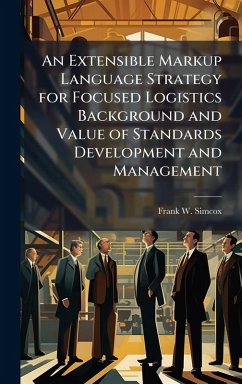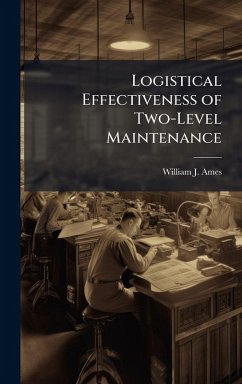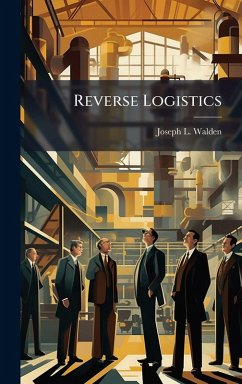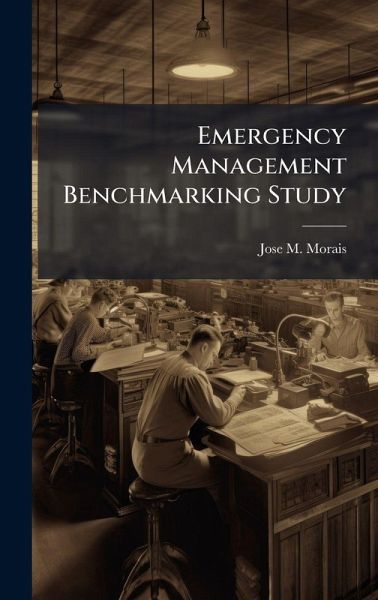
Emergency Management Benchmarking Study
Versandkostenfrei!
Versandfertig in über 4 Wochen
28,99 €
inkl. MwSt.
Weitere Ausgaben:

PAYBACK Punkte
14 °P sammeln!
The challenge to manage a business today is bigger than ever, because we cannot think only about our organization, but the intricate network of organizations that form our supply chain. Some organizations cope far better than others with both the prospect and the manifestation of unquantifiable risk -- they share a critical trait: resilience. This study researches emergency management organizations which are required to maintain a state of readiness for immediate reaction, and evaluates best practices in preparedness, detection, response and recovery. Extracting insights from multiple intervie...
The challenge to manage a business today is bigger than ever, because we cannot think only about our organization, but the intricate network of organizations that form our supply chain. Some organizations cope far better than others with both the prospect and the manifestation of unquantifiable risk -- they share a critical trait: resilience. This study researches emergency management organizations which are required to maintain a state of readiness for immediate reaction, and evaluates best practices in preparedness, detection, response and recovery. Extracting insights from multiple interviews, this research verified that most of the current emergency management best practices do indeed increase resilience without increasing redundancy; consequently, performance is improved in a cost-effectively way. Applications to supply chain management are made to recommended enhancements to overall resilience. This work has been selected by scholars as being culturally important, and is part of the knowledge base of civilization as we know it. This work was reproduced from the original artifact, and remains as true to the original work as possible. Therefore, you will see the original copyright references, library stamps (as most of these works have been housed in our most important libraries around the world), and other notations in the work. This work is in the public domain in the United States of America, and possibly other nations. Within the United States, you may freely copy and distribute this work, as no entity (individual or corporate) has a copyright on the body of the work. As a reproduction of a historical artifact, this work may contain missing or blurred pages, poor pictures, errant marks, etc. Scholars believe, and we concur, that this work is important enough to be preserved, reproduced, and made generally available to the public. We appreciate your support of the preservation process, and thank you for being an important part of keeping this knowledge alive and relevant.



